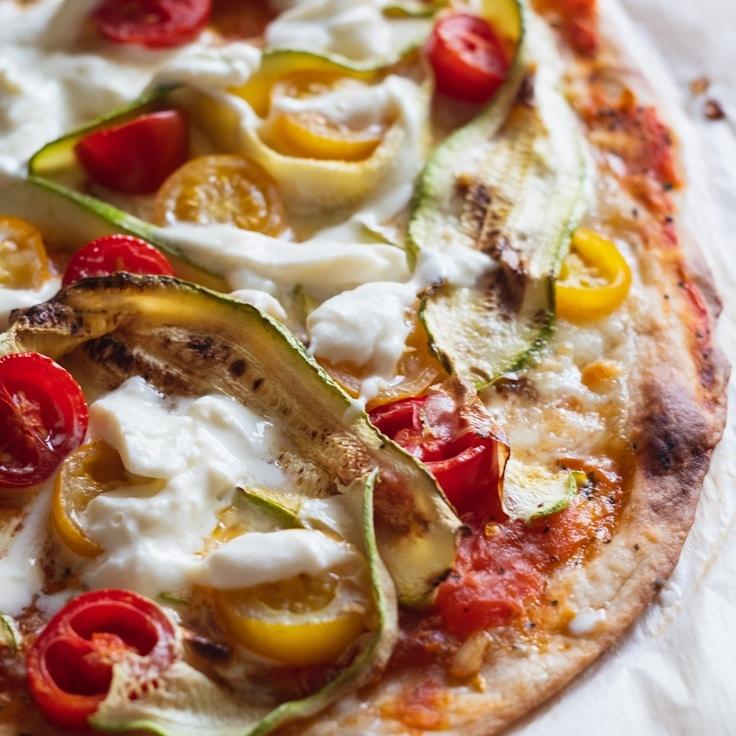Here at Slices & Smiles Pizzeria, we're firm believers that extraordinary pizza begins with extraordinary dough. Having dedicated over thirty years to refining our recipe, we're thrilled to unveil some of our closely-held tips. Although our precise blend is a closely guarded family secret, these foundational guidelines will set you on the path to creating premium pizza dough within the comforts of your kitchen.
Significance of Flour Quality
The cornerstone of superior pizza dough lies in the use of premium flour. Our go-to choice is 00 flour, an ultrafine Italian variety that boasts a moderate protein content, approximately 12%. This strikes an ideal equilibrium between elasticity and softness. In the absence of 00 flour, bread flour can serve as an acceptable alternative, albeit with a slightly altered texture.
Importance of Water Temperature and Dough Hydration
Water temperature is a crucial factor that dictates the pace of fermentation and influences dough development. Opt for chilled water at about 45°F (7°C) for a prolonged fermentation that enhances taste, while lukewarm water near 85°F (29°C) will expedite fermentation. Aim for a hydration figure of 60-70% relative to your flour for optimal results in typical domestic ovens.
The Less Yeast, The More Time Approach
The key to a rich-tasting dough is to use a minimal amount of yeast and to allow a generous timeframe for fermentation. Our approach involves a mere 0.2% fresh yeast in proportion to the flour for a fermentation duration stretching between 24-48 hours. This slow-paced method allows for the full development of complex tastes while also yielding dough that's more digestible.
Salt's Role Beyond Taste
Salt plays a dual role in your dough: it not only seasons but also reinforces the gluten framework and moderates fermentation. We advise utilizing fine sea salt at a rate of 2.5-3% of the flour's weight. Incorporate it once the flour and water begin to amalgamate, so as to avoid direct contact with the yeast.
Fermentation as an Art
Post mixing, let your dough undergo bulk fermentation at ambient temperature for approximately 2 hours, then divide it into separate dough portions. Encase these pieces within lidded containers and refrigerate them for a period spanning 24-72 hours. During this cold fermentation stage, enzymes work their magic, converting starches into sugars, and contributing to the flavor as well as the characteristic browning of our crusts.
Gentle Dough Handling
When the moment arrives to craft your pizza, take the dough out of the refrigerator 1-2 hours before baking to bring it to room temperature. When handling the dough, do so with care to maintain the air bubbles formed during fermentation. Press and stretch the dough with your fingertips rather than rolling it out, which would deflate these essential air pockets.
The Culminating Step: Heat
Our wood-fired ovens can achieve fiery temperatures of 850°F (454°C), but common household ovens typically have a maximum of 550°F (288°C). To mimic these conditions, use a pizza stone or steel, preheated for at least one hour, for that intense bottom heat required to perfect the crust's crisp exterior and fluffy interior.
Honing your pizza dough skill is a continuous learning process. Every dough batch provides new insights into the craft. We encourage you to annotate your experiences, tweak variables, and discover the methods that work best for your own cooking space.
For those eager to witness our dough-making craft firsthand, we offer monthly pizza workshops led by Chef Julian, where these techniques are showcased in greater detail. For future dates, be sure to examine our event calendar!

